Parc Sajik (Gwangju) (사직공원 - 광주)
15.4Km 2025-07-01
Gwangju-Si Nam-Gu, Sajik-Gil 49
Le parc Sajik a l’avantage d’être bien ammenagé, entre une variété d’arbres et de nombreux lits de fleurs. Chaque année autour du 15 avril, les cerisiers sont en fleurs, créant un spectacle splendide. Durant cette periode, la municipalité de Gwangju fait installer des lumières sur les arbres afin que les habitants puissant profiter du spectacle jusqu’à tard dans la nuit. Le parc est considéré comme l’endroit favori des habitants de Gwangju pour se reposer.
Le parc accueille plusieurs attractions, incluant un mémorial pour les héros nationaux, la station de TV et de radio de Gwangju (KBS), une tour en mémoire des policiers, le pavillon Yeonpajeong, la station de tir Gwandeokjeong ainsi que le pavillon Palgakjeong qui offre un point de vue sur le centre ville de Gwangju. Les variétés d’arbres, d’arbustes et de fleurs offrent une atmosphère accueillante pour chaque sortie.
Namgwangju Market (남광주시장)
15.4Km 2023-11-20
117 Yangnim-ro, Dong-gu, Gwangju
+82-62-226-1101
Namgwangju Market formed naturally in the area around the old Namgwangju Station, selling everything from seafood and fresh produce to household items. The market suffered a lot when the train station was closed, but it is still very famous for fresh fish, which comes in every morning between 2 and 5 AM. Due to this, there are many raw fish restaurants in the area, with fresh fish and very affordable prices.
May 18th National Cemetery (5·18 기념공원)
15.4Km 2024-02-29
152 Naebang-ro, Seo-gu, Gwangju
+82-62-376-5197
May 18th National Cemetery is a park established to commemorate the democratization movement that took place in Gwangju in May 18th, 1980. The park features facilities such as the May 18th Memorial Culture Center, Daedong Plaza, Gwangju Student Movement Memorial Tower, memorial spaces, and the Oweol Pavilion. It serves as a meaningful space for reflecting on the history of Korean democracy and honoring the sacrificial spirit of the martyrs who lost their lives during the democratization movement.
Lee Jang-woo's House (이장우 가옥)
15.5Km 2024-12-04
21 Yangchon-gil, Nam-gu, Gwangju
+82-62-651-9020
Designated the first Gwangju Folk Material on March 20, 1989, Lee Jang-woo's House is an upper-class, tile-roofed house with a gate, storeroom, servants’ quarters, detached building, and main building. The building is estimated to have been constructed in 1899 and is overall a sturdy example of Korean architecture, well-preserved in its original state. The L-shaped main hall of the historic building is rather large and consists of (left to right) a wooden verandah, a small room, a hall, the main room, a kitchen, and another small room. The room doors are double doors with a sliding door on the inside and a hinged door on the outside. The hall also has partitions that can be hung up as necessary.
◎ Travel information to meet Hallyu’s charm - movie "Meet the In-Laws"
This hanok served as Hyeon-joon’s (played by Song Sae-byeok) family home in Jeolla-do in the movie "Meet the In-Laws." With its well-preserved architecture and traditional Korean garden, it captures the elegance and charm of early modern Korea.
Yangnim-dong Penguin Village Craft Street (양림동 펭귄마을공예거리)
15.5Km 2024-12-06
20-13 Ogiwon-gil, Nam-gu, Gwangju
Yangnim-dong Penguin Village Craft Street is a narrow alleyway located behind the Yangnim-dong Community Center. The village, named because of the way the elderly residents appear to waddle like penguins, has become an exhibition space of life in the 70s and 80s. Villagers cleaned up empty houses that had been burnt down and left unattended in the past, brought discarded items, and began displaying them on the village walls. "Let's be thankful for living at that time" was engraved on the village wall. It also has historical culture, such as the House of Choe Seunghyo, the House of Missionary Uilsa, and Owen Memorial Hall. The Penguin Jumak in the middle of the village was the residents' gathering place, selling small but necessary items. Various workshops, such as leather workshops, textile workshops, and carpentry workshops, are located on Craft Street, so you can purchase pretty crafts or experience upcycling crafts with a retro vibe in which the historical and the modern coexist.
Yangnim Art Center (양림미술관)
15.5Km 2024-11-20
70 Jejung-ro, Nam-gu, Gwangju
Yangnim Art Center takes its name from its location in Yangnim-dong, the center of modern history and culture. Designed in hanok style, the building features exhibition rooms on each floor, offering both artists and visitors a creative space to connect and immerse themselves in the art.
Obang Choi Heung-jong Memorial Hall (오방 최흥종 기념관)
15.5Km 2024-12-17
64 Jejung-ro, Nam-gu, Gwangju
Obang Choi Heung-jong Memorial Hall is dedicated to Rev. Obang Choi Heung-jong who was also a Korean independence fighter and a social activist. His lifetime of sacrificing for others while improving the Gwangju neighborhood made him a true hero. Visitors to the memorial hall can deeply understand the life that Obang Choi Hueng-jong lead.
Yangnim-dong Missionary Cemetery (양림동 선교사 묘지)
15.5Km 2021-05-28
77, Jejung-ro, Nam-gu, Gwangju
+82-62-607-2333
The Yangnim-dong Missionary Cemetery is the final resting place of 23 missionaries who brought Christianity to Gwangju and led the movement to free the nation from under Japanese colonial rule. Yangnim-dong in Gwangju Metropolitan City was the main area in which Priest Bae Yu-ji and Dr. Clement Owen carried out their work as the first missionaries to Jeollanam-do.
Located nearby is a monument dedicated to Priest Bae Yu-ji and the Owen Memorial Building, built in honor of Dr. Owen and his grandfather. Both memorials are cultural assets and particularly prized by locals of the Christian faith.
Gwangju Kimchi Festival (광주김치축제)
15.6Km 2025-01-10
111 Naebang-ro, Seo-gu, Gwangju
+82-62-613-3955
The Gwangju Kimchi Festival is Korea’s representative kimchi festival, offering a variety of kimchi products for purchase and the chance to taste various kimchi dishes. Highlights include the “Thousand People’s Table” featuring diverse kimchi cuisine, a competition to discover kimchi masters, and a kimchi experience school with a range of engaging programs.
10y Ground (10년후그라운드)
15.6Km 2024-11-14
1 Yangchon-gil, Nam-gu, Gwangju
Originally a sports complex, the 10y Ground has transformed into a dynamic cultural hub offering educational opportunities, community programs, and a range of unique initiatives. It also provides space for diverse services, including food, beverages, and lifestyle options. Visitors can enjoy various cultural and art programs and shop for locally produced goods and souvenirs.

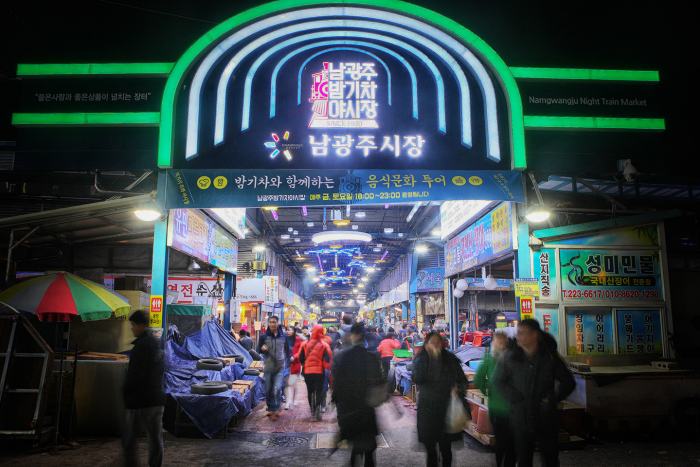
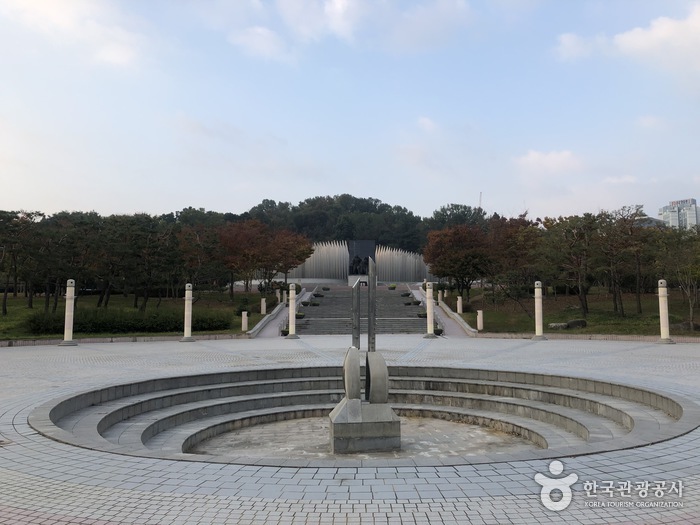
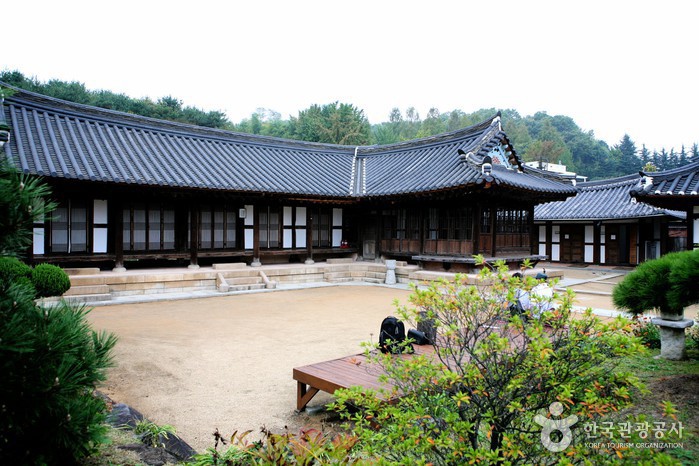
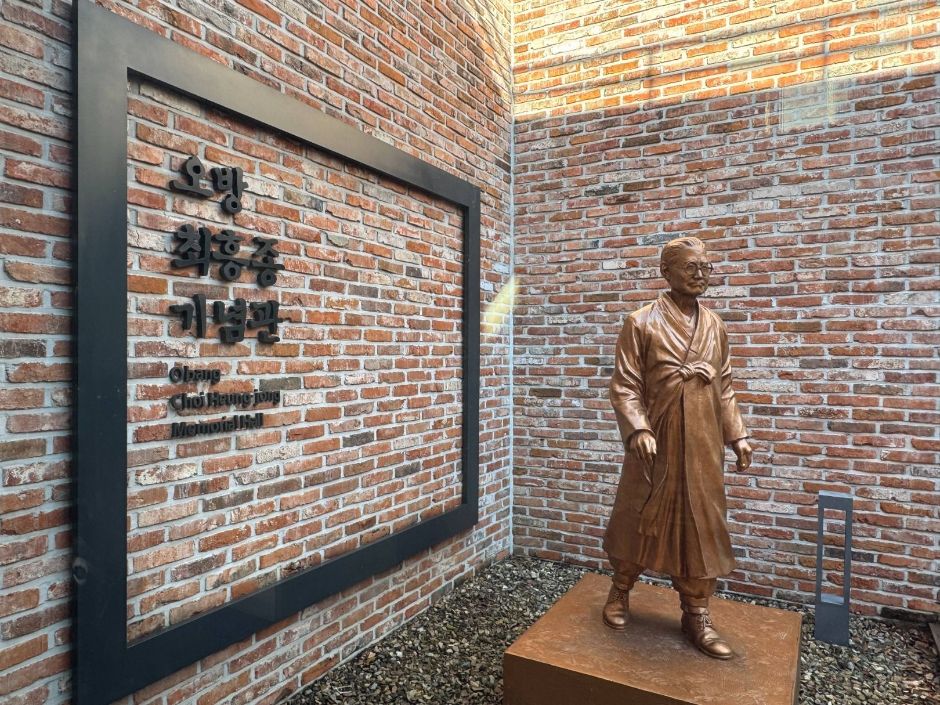
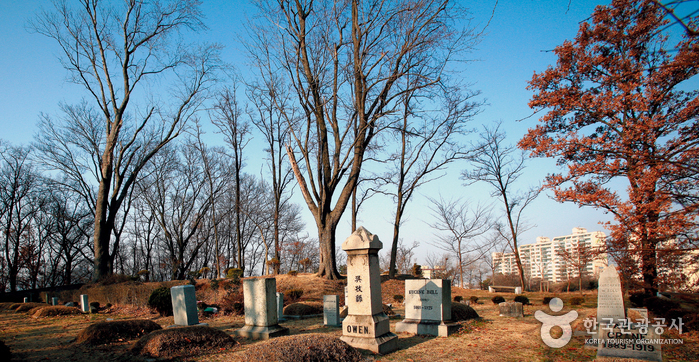
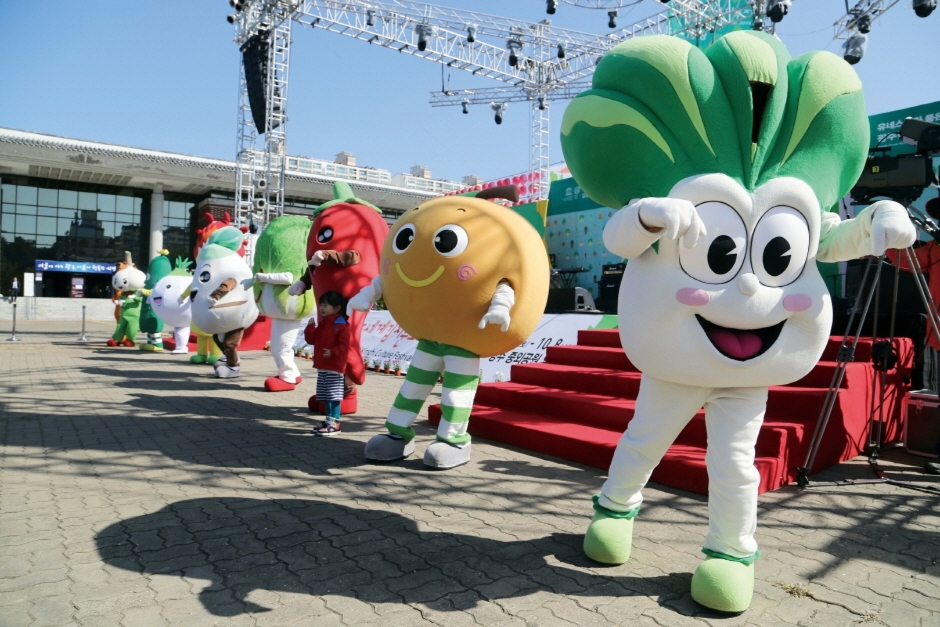
 English
English
 한국어
한국어 日本語
日本語 中文(简体)
中文(简体) Deutsch
Deutsch Français
Français Español
Español Русский
Русский